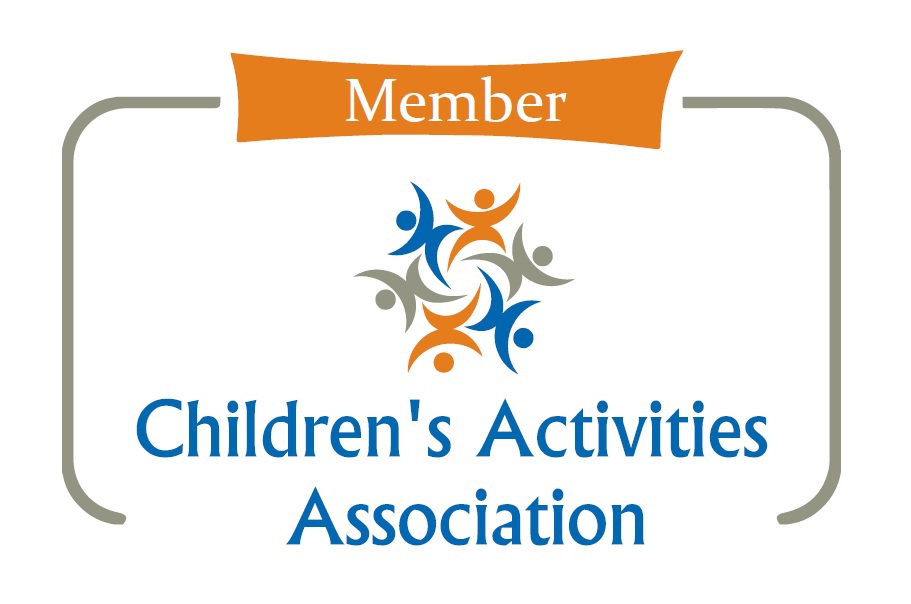“Ow, my tummy hurts” – as parents and carers we hear this A LOT. Most of the time it’s just a temporary bug or upset, but what if it is happening to your child all the time? Mini First Aid’s Kate started worrying when her daughter Olivia was getting constant tummy pains and being sick, and it turned out to be secondary (temporary) lactose intolerance. In this week’s blog Kate talks us through Olivia’s experience, and we’ve asked paediatric dietitian Paula Hallam to provide her expert view.
Kate – we’re sorry to hear Olivia has been so poorly – when did you first notice she wasn’t well?
In November, Olivia picked up the typical winter vomiting bug that does the rounds every Autumn. I won’t go into the devastation caused to our house by 5 primary school aged children having upset tummies all at once, but as you can imagine, it was an absolute nightmare!
Oh goodness Kate, I feel for you! When did you start to worry about Olivia?
All the rest of us had the usual horrid experience – vomiting (and worse) for 24-48 hours. But poor Olivia kept getting tummy pain and was being sick almost every evening. We just kept thinking maybe she’d picked up another bug but after a couple of weeks it was really starting to concern me.
We always say at Mini First Aid trust your instinct when it comes to your children’s health – what was your gut telling you at this point Kate?
I was actually really frightened because Olivia looked so poorly – she had a grey appearance to her skin with dark circles around her eyes. She’d also developed what looked like eczema under her eyes, behind her ears and on her wrists. Because she was being sick so often, I was so worried about literally all of the nutrition exiting her body, it was horrible.

So what
did you do next?
It was so stressful because it was early December, the strikes had started and the NHS was coping with flu season. I couldn’t get Olivia a GP appointment for 2 weeks.
What did the GP say once you did get an appointment?
She listened to our story and immediately said she thought it was dairy intolerance. The doctor ran some blood tests and advised we should take out dairy, keep a diary and bring Olivia back in a couple of weeks. But it was Christmas – so that was a no to chocolate advent calendars and mince pies – Olivia was gutted and we felt so mean. Inevitably this led to slip ups – a buttery sausage roll at a Christmas party led to horrible pain and vomiting – but it’s so hard when all the other children are tucking into festive treats!
How was Olivia coping?
She was getting quite anxious – she’d spent a lot of the last month waking up in bed vomiting. It would get in her hair, she couldn’t stand the smell and the disrupted nights were taking their toll. Olivia is such a girly girl – she loves to do her hair and look pretty and it just made her really sad. This caused her to be frightened of food and her fear was putting our other children off. We couldn’t understand why she was still so ill when she was hardly eating any dairy!
Did you try dairy alternatives?
We did and that was a real trial and error process – some things were awful and made Olivia feel ill just from the taste or texture! We did find the lacto-free Arla cheese and milk to be really good, and this was a godsend in making a meal like a lasagne that all the kids could safely tuck into. We had to take Christmas chocolate away from all the kids which didn’t go down well. But we did find an amazing vegan ice cream place! We couldn’t see a doctor because it was impossible over Christmas so we just had to muddle through.
So what happened when you and Olivia went back to the GP Kate?
By this time the tests had come back and based on what we had been eliminating and the fact that Olivia was still so poorly, the GP diagnosed secondary lactose intolerance. This was most likely brought on by the winter vomiting bug - apparently it’s really, really common! I was flabbergasted as I’d never heard of it and I’ve got 6 kids! It causes tummy pain, feeling and being sick, eczema and fatigue – exactly what Olivia was struggling with. It was a relief to have a diagnosis, but I felt awful realising we’d still been feeding her things like cereals, bread and sauces which contain lactose. The GP explained really well what was going on with Olivia – I’ve put together this little video below to help other parents understand:
So now that they’d got to the bottom of what was wrong with Olivia, what were you advised to do?
Paula will explain more about this below but the GP said we would need to gradually introduce certain foods to Olivia’s diet – of course, she’s in the appointment with me and I could see her eyes getting wider with fright. Basically we had to follow the milk ladder which starts with a biscuit and works up to a glass of milk, but the GP explained it so well Olivia was bought in to the process!
We’re 6 months on now Kate – how are things?
It’s been a slow process – we think Olivia had a pretty bad case. We’re still mainly using the Arla Lactofree products, although she can now tolerate a small sprinkling of normal cheese. We recently tried her with a few sips of milk but unfortunately this brought on tummy pain. However, we feel so much better equipped to deal with it, Olivia is back to her sparkly best and the long nights of cleaning up vomit have mercifully become a distant memory!
Kate – thanks so much for sharing Olivia’s story which will be so beneficial to other families. Over to our expert paediatric dietitian, Paula Hallam to tell Mini First Aid a bit more about lactose intolerance:

So Paula, what is secondary lactose intolerance?
Lactose is the sugar or carbohydrate found in the milk of all mammals such as human milk, cow’s milk, goat’s milk, sheep’s milk etc. Lactose is normally broken down to two simple sugars (glucose and galactose) by lactase enzyme in the small intestine, which is the part just after the stomach. The lactase enzyme is found in this part of the gut (small intestine) and when a person has had some damage to the gut, for example by an infection such as gastroenteritis (a stomach bug) or a condition such as Coeliac Disease, then the lactase enzyme can be decreased or taken away completely. This means that lactose is not broken down in the small intestine, but travels to the large intestine (colon) and is fermented or broken down by bacteria. This causes gas to be produced and water to be drawn into the gut causing diarrhoea. Lactose intolerance secondary to a stomach bug is temporary and tends to clear up in around 8 weeks when the gut has healed and lactase enzyme levels restored.
What are the symptoms of lactose intolerance?
The typical symptoms are tummy pain or discomfort, diarrhoea, bloating and excessive wind. Sometimes nausea and vomiting are also experienced.
What is the difference between a food intolerance and a food allergy?
A food intolerance is to do with the digestion or break down of a carbohydrate or sugar within food, whereas a food allergy is when the immune system reacts to a food protein. Both can produce distressing symptoms, but a food intolerance is never life threatening.
You can get both immediate type (IgE-mediated) food allergy and delayed type (non-IgE mediated) food allergy. The symptoms of a delayed food allergy and lactose intolerance overlap slightly, so hence the confusion. A child’s symptoms of lactose intolerance should clear when they are given a lactose-free milk and lactose-free products, whereas if it was a milk allergy then the symptoms would persist as lactose-free products still contain cow’s milk protein.
What food should parents try if they are worried about lactose intolerance?
There are many lactose-free products available now that can be very helpful for families, such as Lactofree milk and yoghurts. You can cook with lactose-free milk, for example if you are making lasagne you can make the same white sauce for everyone with the lactose free milk as it tastes the same as cow’s milk.
Very mature cheeses such as mature cheddar and parmesan can also be included as they have had their lactose broken down by bacteria in the fermentation process. Soft and processed cheeses will not be appropriate as they still contain lots of lactose.
Foods that should be avoided / decreased:
· Cow’s milk, goat’s milk and sheep’s milk
· Yoghurts
· Soft cheeses
· Cream
· Butter, ghee, margarine (usually has milk powder added)
· Creme fraiche
· Infant formula (cow’s milk and goat’s milk based)
· Milk-based puddings such as custard, rice pudding (you can make your own with lactose free milks)
· Ice cream
· Chocolate
Paula, that has been so helpful, thank you for taking the time to explain this common, but not well known condition. We really hope it will help parents out there who are struggling with secondary lactose intolerance, like Kate and Olivia.
All the best, Mini First Aid x
Be prepared for choking
Our Choking Bundle is fantastic value at just £16.99. The bundle contains:
- the Choke Tester - a nifty little gadget for assessing choking risks in your home - if it fits in the Choke Tester then it's a choking hazard and should be placed out of harm's way!
- Grape Cutter - grapes are one of the biggest choking hazards, and this tool quickly quarters them into safe portions. Also ideal for cherry tomatoes and strawberries.
- Choking Fridge Magnet - a "what to do guide" for if your child starts choking - place on your fridge for information at your fingertips.
- Sit, Chop, Chew - a great family read, encouraging safe eating habits for all!








